Flexi Sensa switch - tactical options
18.11.2023
It's been a couple of days since Fenix expanded the range of tactical flashlights with new Flexi Sensa control after the great TK20R UE in four colors by the tactical-service model TK22R. Ergonomics of the controls of the flashlight is a very important aspect when choosing a flashlight. The control should fit us and allow us to operate the flashlight even in the dark/blind.
What options the control offers us and what makes it interesting can be found in the following lines.
Flexi Sensa control is based on a similar principle as the well-known TAC control, which we had the opportunity to test, for example, the TK11 TAC, TK22 TAC or PD36 TAC.
The difference between the two is that the TAC control uses a toggle ring around the switch, while the Flexi Sensa has a toggle lever next to the button. This makes it easier to operate with gloves and one hand.
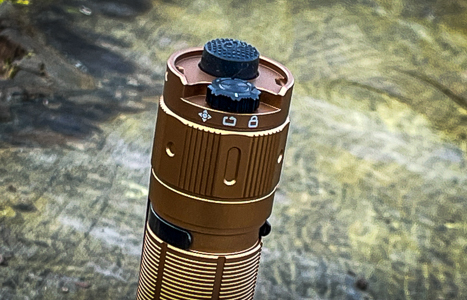
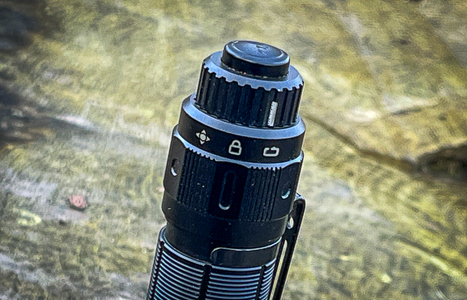
Flexi Sensa control (TK20R UE sand color), TAC control (TK22 TAC).
The Flexi Sensa control therefore consists of a toggle lever and a main button. Both are in the tail of the flashlight and are operated with the thumb. The toggle lever has three positions – lock, duty (or service) mode and tactical mode.
Locking
This is the first switch position. In this position the control is electronically locked and the lamp cannot be lit. Moving the switch lever from the lock position activates the flashlight's service mode.
Service mode
With the lever switched in service mode, the main switch can be used to turn the flashlight on and then pressed halfway to switch power modes.
If the lever is turned back to the lock position in this mode, the flashlight will turn off and remember the last mode that was run. Selecting the service mode again in this mode will immediately turn on the flashlight. The advantage of this solution is that in this mode we can leave the lowest power mode selected, for example, and in this mode the flashlight will turn on by switching the lever to this position.
The flashlight can of course also be switched off with the main switch without locking it.
Tactical mode
Switch to tactical mode by turning the switch lever to the third and final position. Then turn the flashlight on with the button to maximum power. Pressing halfway the switch will trigger the strobe. The flashlight is turned off by clicking the button or by switching to the locked state on the lever and, as in the service mode, the flashlight remembers whether it was started in the maximum power mode of the steady light or strobe and remains ready for the next start in this mode.
Benefits
The first advantage is that the flashlight does not turn on spontaneously in the locked state and we do not have to loosen the end cap for this, as with other types of controls.
Another advantage is that the flashlight can stay in standby state and turn on directly with the switch lever. We have the possibility to simply switch it on in one or the other selected mode.
Examples of use
Unlock the flashlight by moving the lever to the middle position. Then turn it on with the switch and select the lowest power setting. Then switch to tactical mode, where the flashlight is turned on to maximum power. The lever is then switched to the lock position to switch the flashlight off. If we need to light on minimum power, we just switch the lever to the middle position again and if we get into a situation that we need maximum power we switch from locked position by two positions. There is then no need to flick and search between the modes, but we have them ready right at the switch positions.
Instead of the maximum power, we can set the strobe at the third position, and instead of the minimum power, any other power than the strobe can be ready at the second position.
Other control types
Of course, the flashlights in the TAC design remain on offer, where the lock is a bit more secure, but it's not as easy to operate the flashlight with one hand and the mode selections are not as responsive. The strobe has a slight delay.
The popular dual switch, which is the most commonly used in the Fenix range, allows instant start of the strobe, but it can't lock the flashlight controls against accidental switching on, and there is also no choice of two intensity modes (except strobe + another mode in memory).
Users accustomed to the switch system in the end cap and the switch on the side of the flashlight will find a representative of this control in the menu. The downside is fumbling with the grip to switch on and switch modes.
The civilian-style one-button control on the side allows the flashlight to be turned on and switched without having to fumble the grip, but does not allow for tactical momentary turn-on and tactical hold with thumb control.
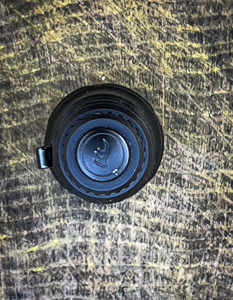
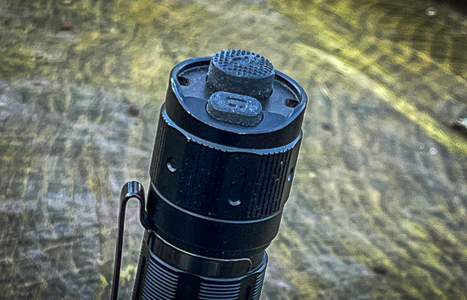
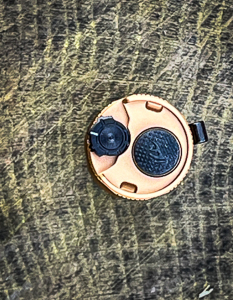
TAC control, dual tactical switch, Flexi Sensa Control.
Don't know which control to go for?
If you are unsure of your choice, the easiest thing you can do is contact us. We will be happy to advise you by email.